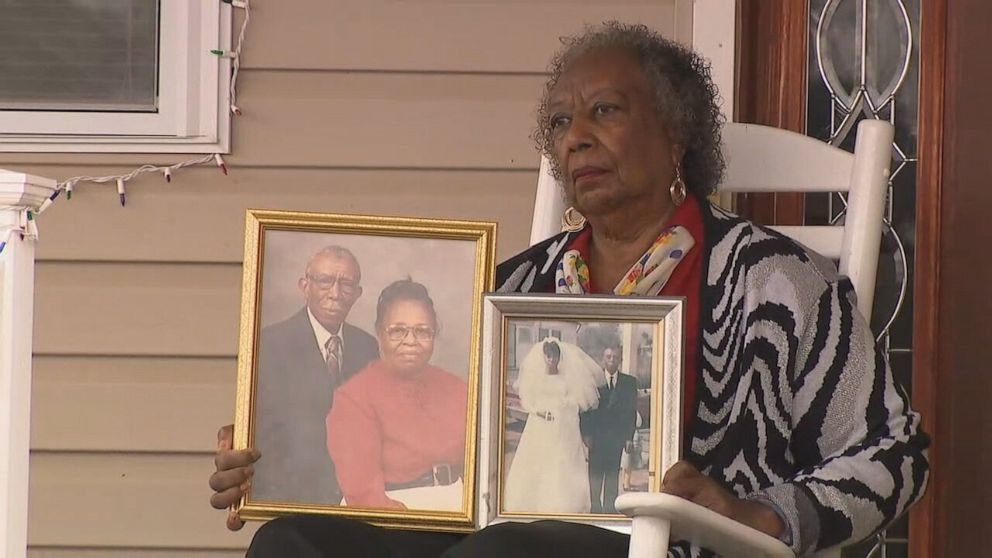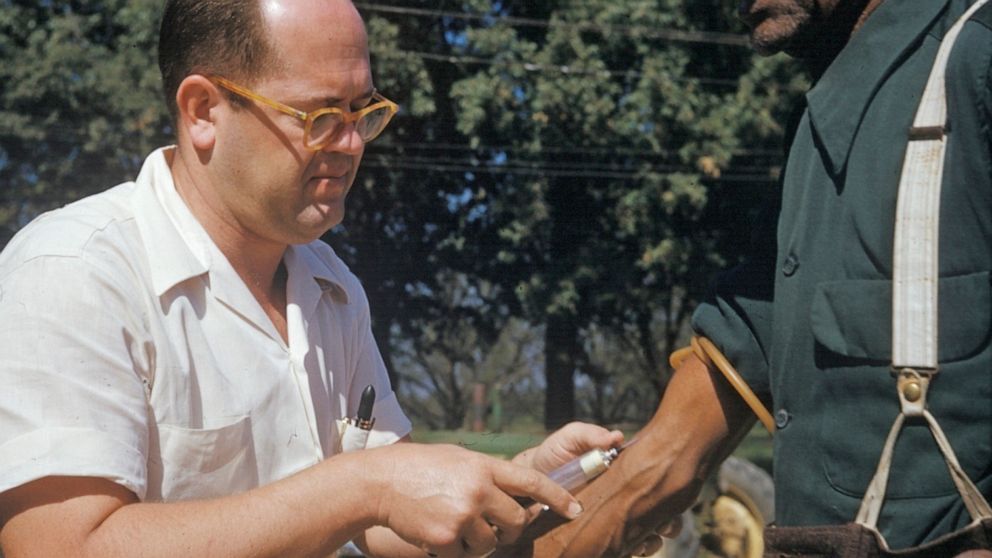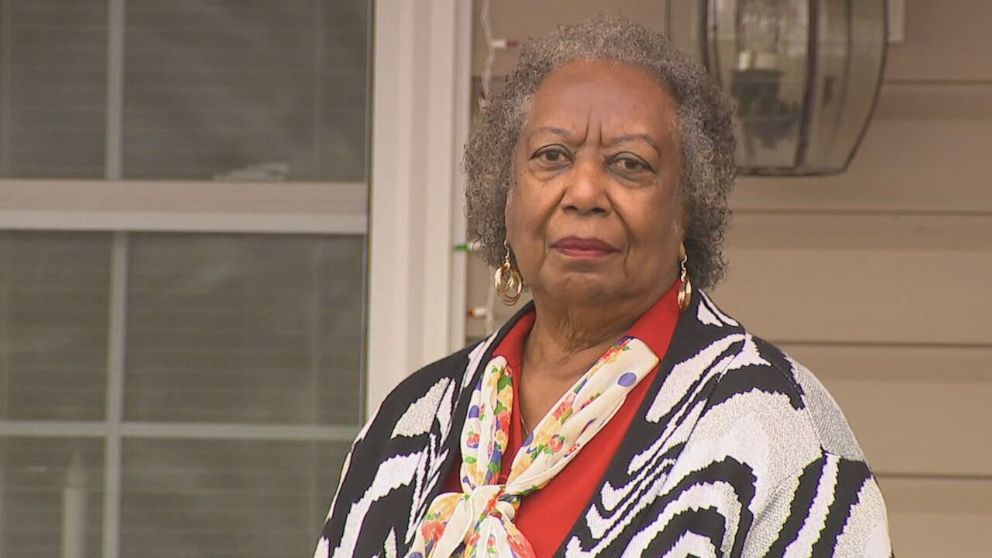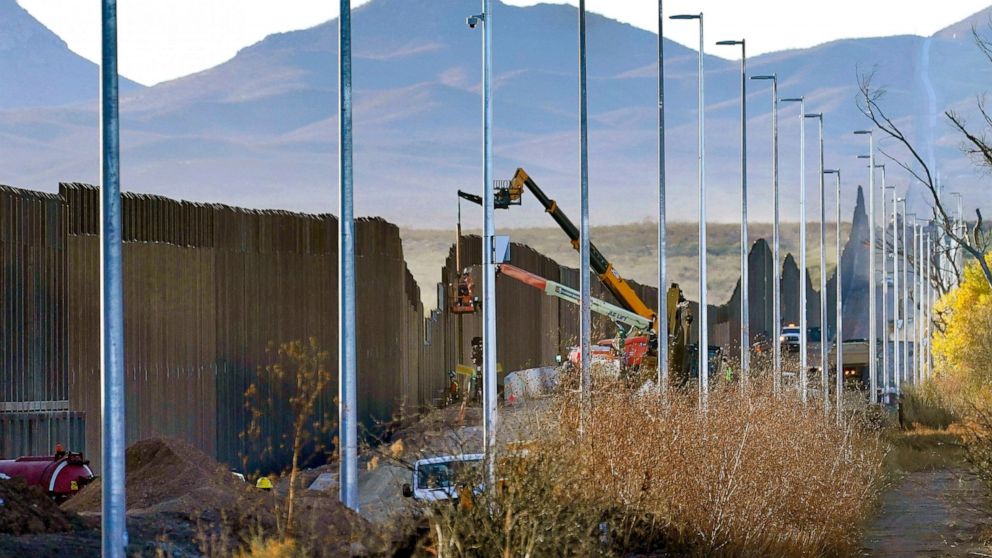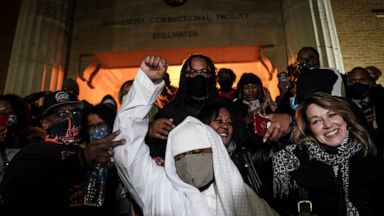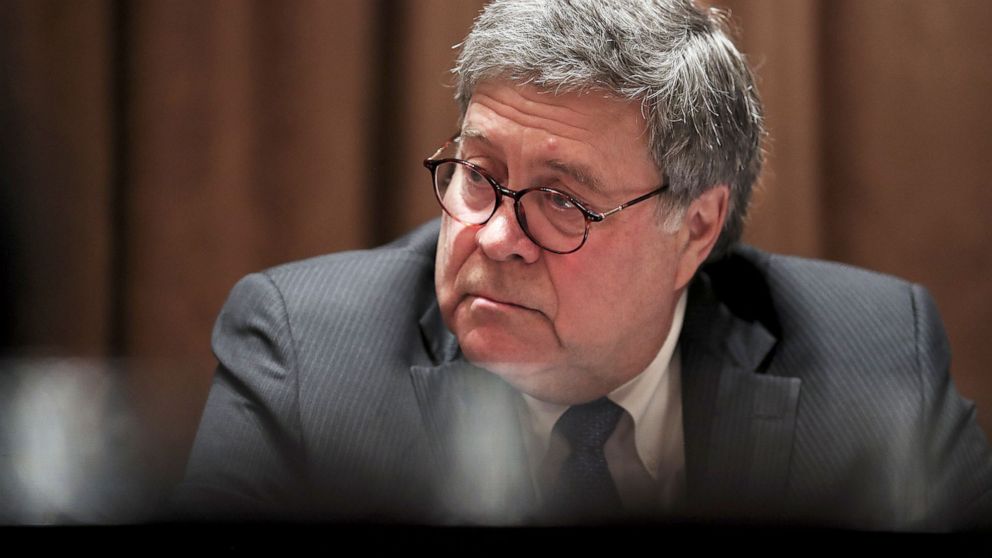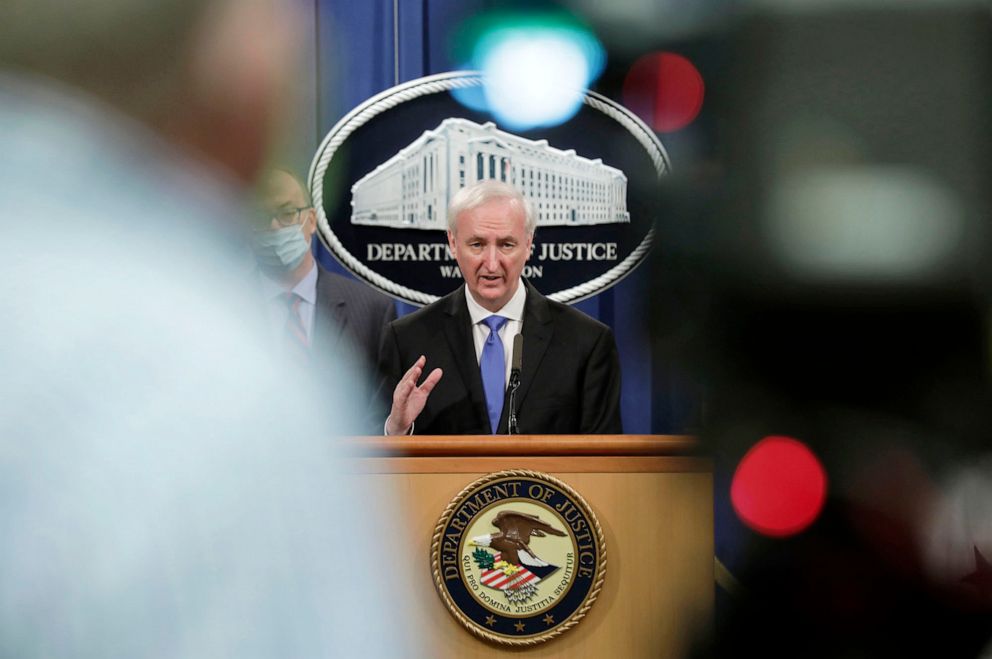IT'S SEDITION PERIOD
'Bordering on sedition’: Dem senator calls for sanctioning GOP lawmakers trying to overturn electionPublished on December 18, 2020
By Brad Reed

Sen. Jeanne Shaheen (D-NH)
Sen. Jeanne Shaheen (D-NH) on Friday had some sharp criticism for Republican lawmakers still trying to overturn the results of the 2020 presidential election.
While being interviewed by CNN’s Jim Sciutto, Shaheen said it defied belief that so many GOP senators are still willing to throw Hail Mary passes to overturn President-elect Joe Biden’s win even after Trump lost the popular vote, the electoral college vote, and 59 different election-related lawsuits.
“Each of us serving as senators took an oath to uphold and defend the Constitution of the United States,” she said. “One of the most fundamental principles of the Constitution is the peaceful transition of power.”
She then laid out how dangerous it is for Republicans to refuse to accept the reality of Biden’s victory even after all legal options have been exhausted.
“These senators and members of Congress who have refused to acknowledge that we had a free and fair election, in which Joe Biden beat Donald Trump by over 7 million votes, are bordering on sedition and treason in thinking that they are going to overturn a duly elected president,” she said. “It is just unfathomable to me how these elected representatives can be refusing to accept the peaceful transition of power. I think they should be sanctioned.”
Watch the video below.
Sen. Jeanne Shaheen (D-NH) on Friday had some sharp criticism for Republican lawmakers still trying to overturn the results of the 2020 presidential election.
While being interviewed by CNN’s Jim Sciutto, Shaheen said it defied belief that so many GOP senators are still willing to throw Hail Mary passes to overturn President-elect Joe Biden’s win even after Trump lost the popular vote, the electoral college vote, and 59 different election-related lawsuits.
“Each of us serving as senators took an oath to uphold and defend the Constitution of the United States,” she said. “One of the most fundamental principles of the Constitution is the peaceful transition of power.”
She then laid out how dangerous it is for Republicans to refuse to accept the reality of Biden’s victory even after all legal options have been exhausted.
“These senators and members of Congress who have refused to acknowledge that we had a free and fair election, in which Joe Biden beat Donald Trump by over 7 million votes, are bordering on sedition and treason in thinking that they are going to overturn a duly elected president,” she said. “It is just unfathomable to me how these elected representatives can be refusing to accept the peaceful transition of power. I think they should be sanctioned.”
Watch the video below.






